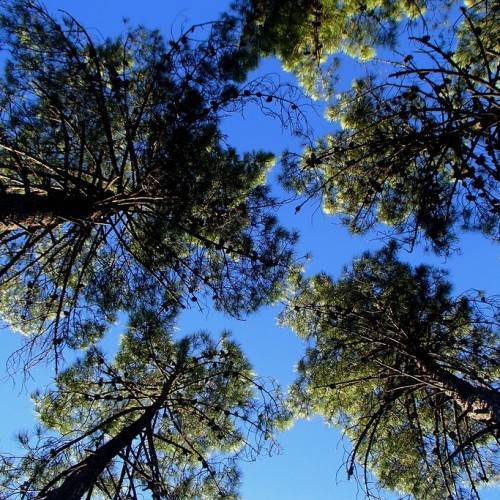
stone pine
Pinus pinea
Cycle:
Perennial
Watering:
Minimum
Hardiness Zone:
8 - 10
Flowers:
Flowers
Sun:
Full sun
Cones:
Yes
Edible:
Yes
Growth Rate:
Low
Maintenance:
Low
Drought Tolerant:
Yes
Salt Tolerant:
Yes
Care Level:
Medium
watering
Stone pine should be watered about once a week during the summer months. During the winter, watering should be reduced to only when the soil becomes dry, usually about every 2-3 weeks. When watering, the soil should be thoroughly saturated and allowed to drain. Never let the soil become soggy or waterlogged.
sunlight
Stone pine, or Pinus pinea, grows best in an area where it will receive direct sunlight throughout the day. Depending on the season, this will usually be between 4 and 8 hours each day. Generally, it should receive fewer hours of direct sunlight in the summer than it does in the winter, which helps to avoid any burn from the heat the sunshine can bring. Additionally, it should receive some protection from strong winds, as they can stunt the growth of the tree.
pruning
Stone pines should be pruned during the late winter or early spring to remove any diseased, damaged, or dead branches. It’s also important to remove any new growth, especially sprouts, that form near the base of the tree. Prune out any branches that are crossing or rubbing against each other in order to promote better air circulation. Stone pines can tolerate a fair amount of pruning, but avoid removing more than 1-third of the plant’s foliage in any 1 year.
